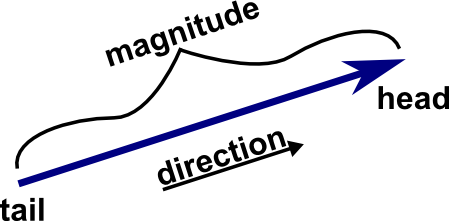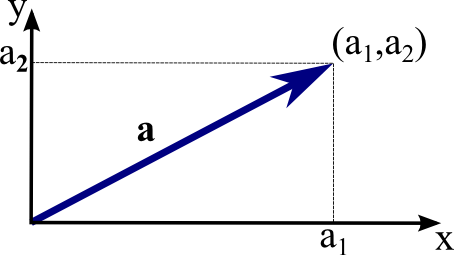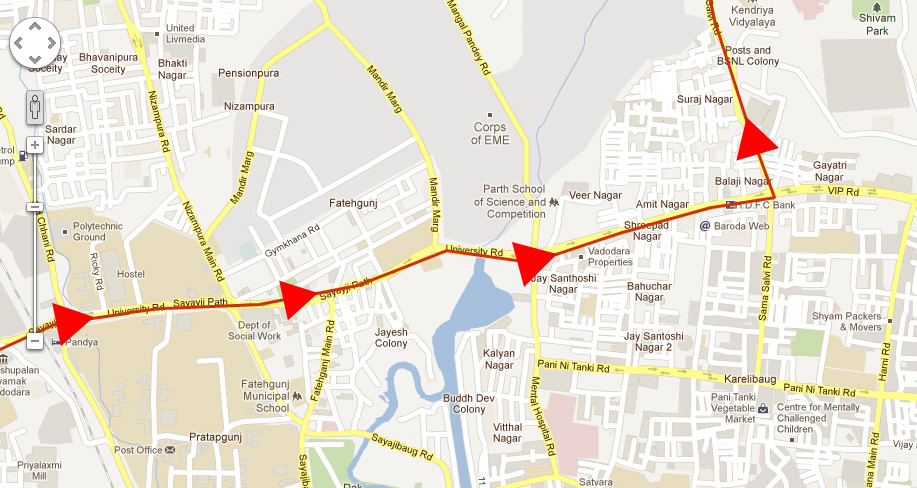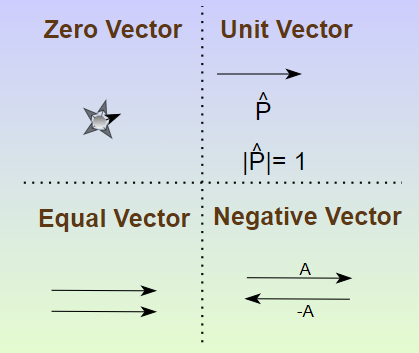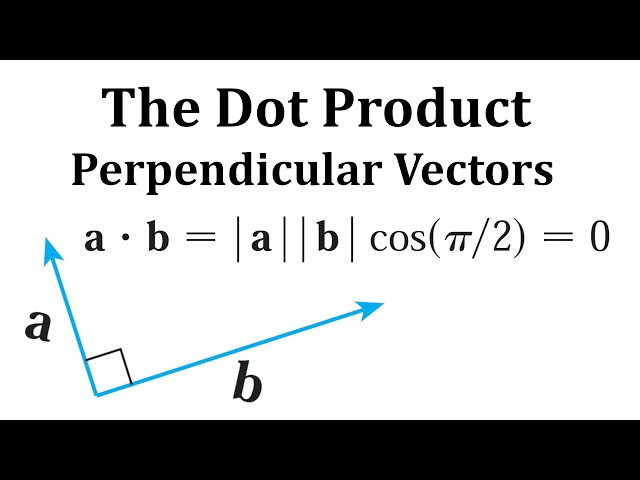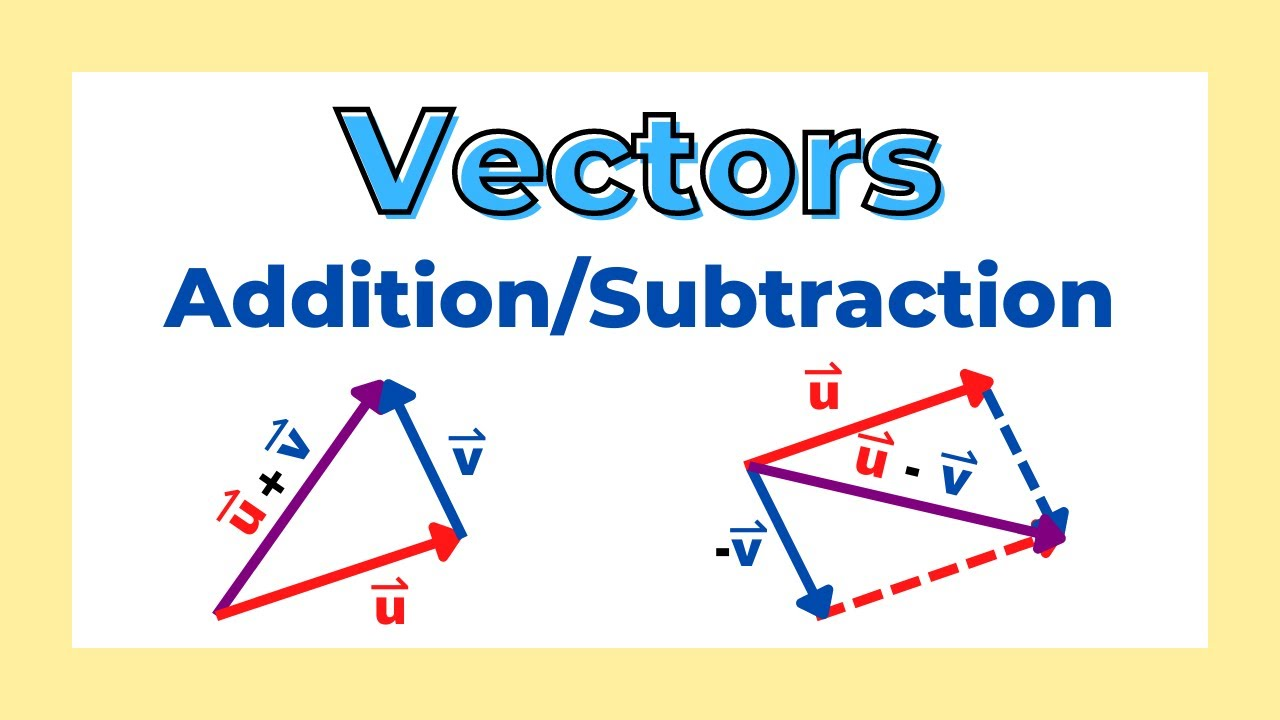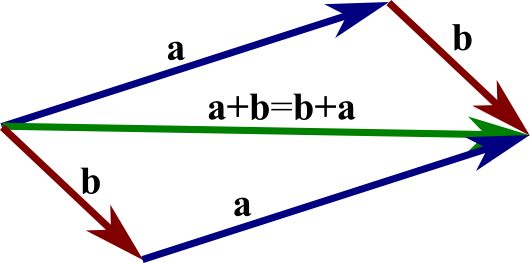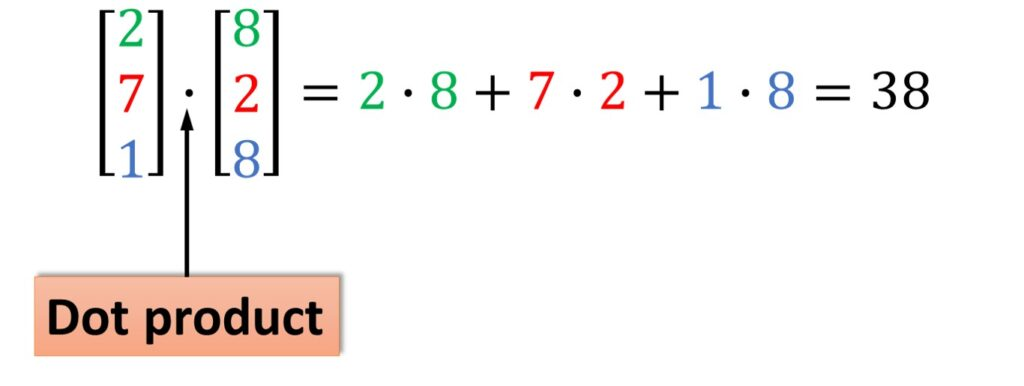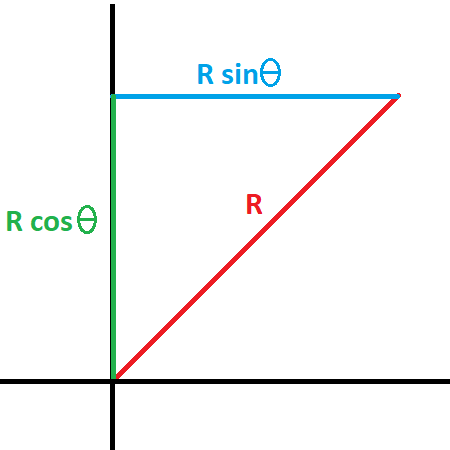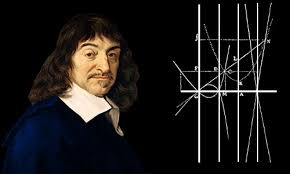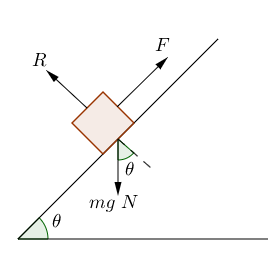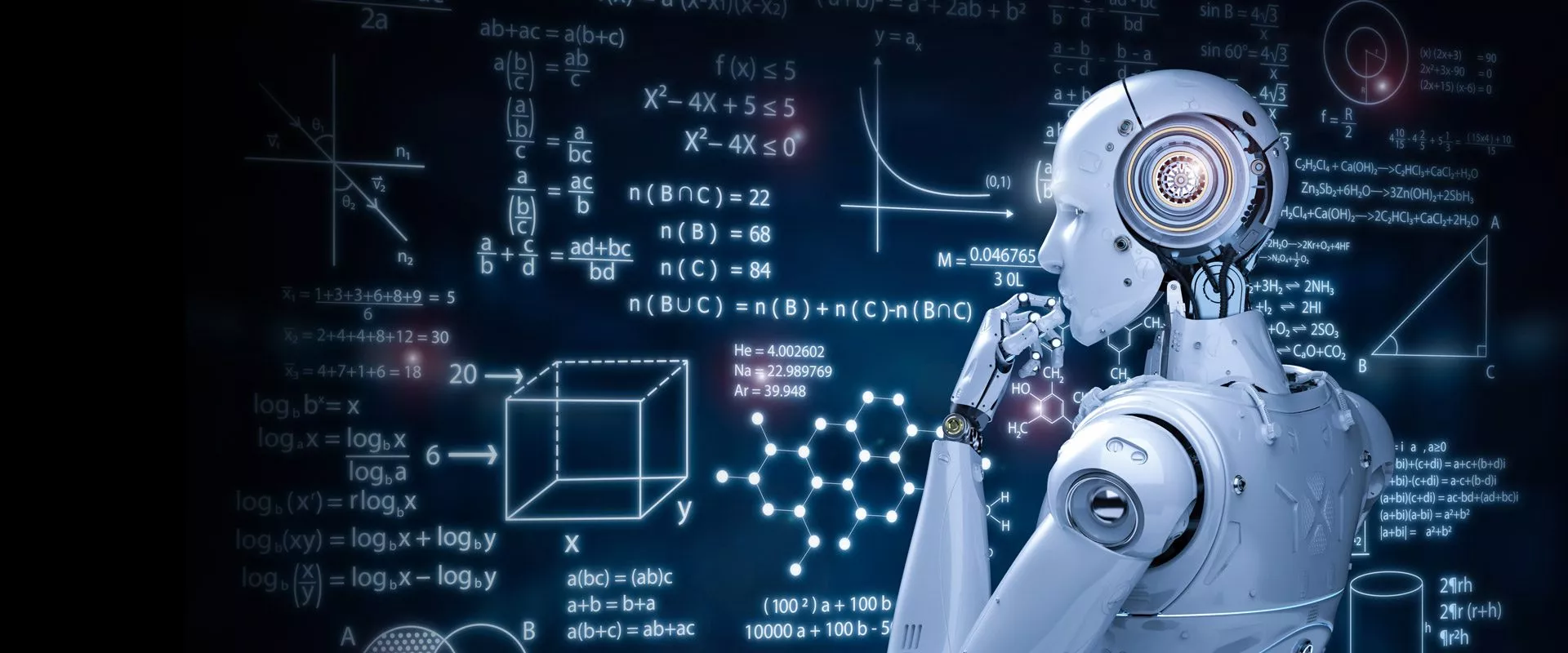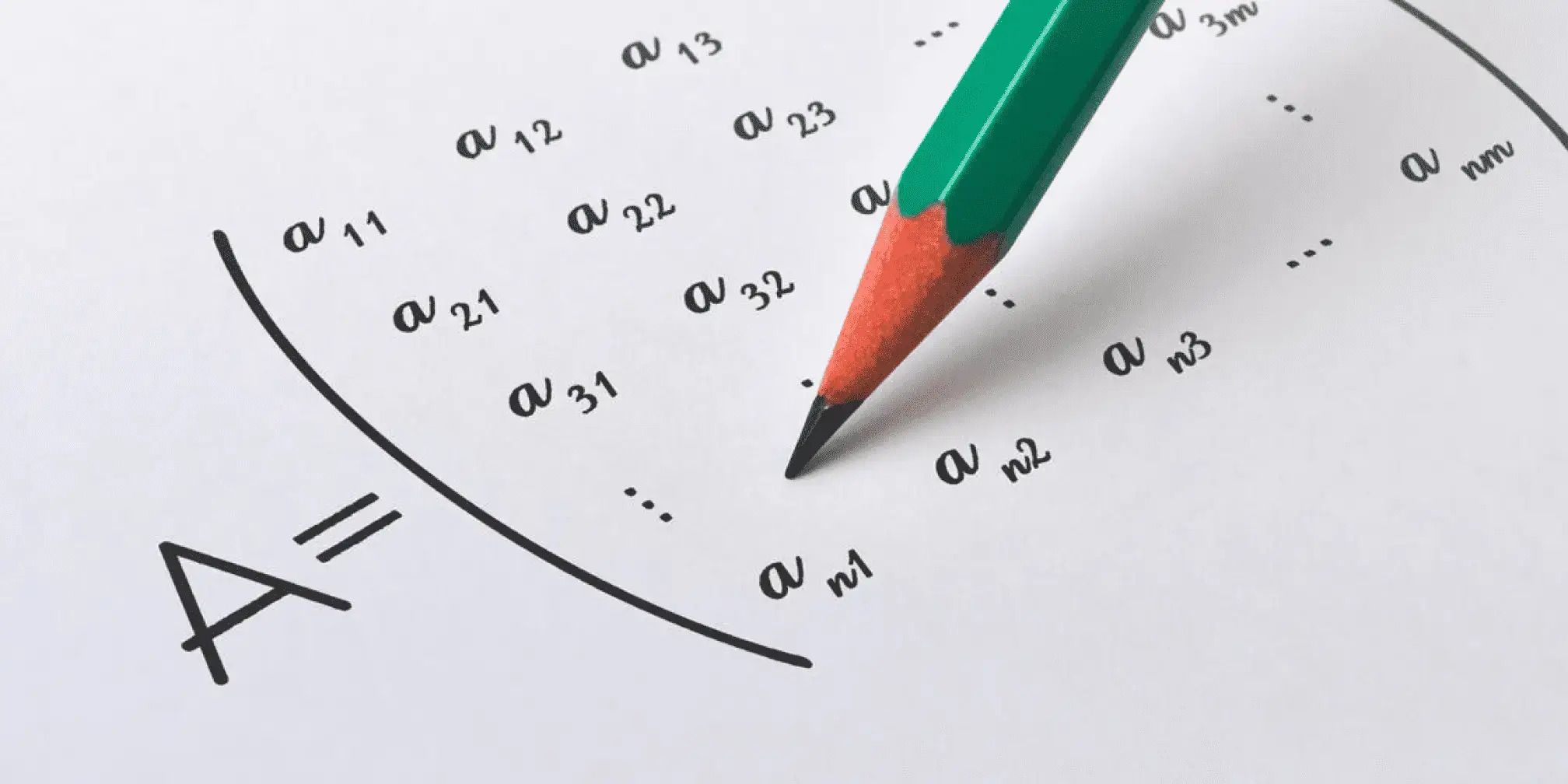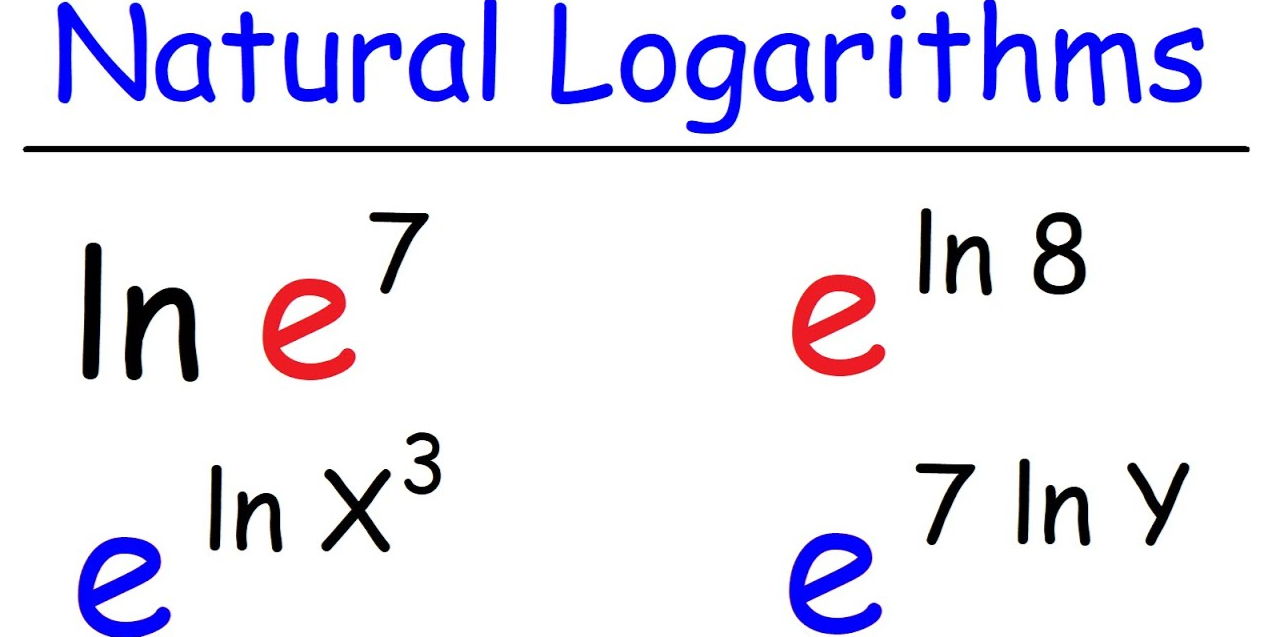What Is a Vector?
Explore how vectors power navigation, physics, and tech—from basic definitions to multidimensional applications in science, engineering, and AI innovation. Now!
Vectors, the core objects used in mathematics to represent magnitude and direction, serve the same function in real life as our common compass: showing us direction. Imagine strolling in a park and suddenly deciding to head toward an idyllic small lake, using your smartphone map as your guide and the clear arrow displayed by it as guidance - such is life involving vectors! This scene accurately represents their role as vectors are ever present throughout daily living experiences. Vectors serve an integral function in science, engineering and modern technology - they not only represent your direction of travel but also measure the distance to your desired location. This article introduces readers from everyday experience into this exciting realm by fully detailing its core concepts, operational methods and applications - so much more than meets the eye!
Basic Concepts of Vectors
Definition and Representation
Mathematical Definition and Notation
Mathematics defines a vector as any quantity with both magnitude and direction; this mathematical entity represents spatial positions or physical quantities accurately. Vectors can usually be denoted with symbols like , where each component represents value along the respective coordinate axis - this formalizes operations as well as clearly showing each projection along every coordinate axis; further algebraic manipulations build off this foundation of knowledge of vectors as formalization continues progressively over time - providing grounding knowledge that further refines and deepens theory regarding vectors as theoretical entities that encompass spaces/bases/dimensions which make understanding their theory deeper still!
Geometric Intuition
Geometrically speaking, vectors can be defined as an arrowed line segment starting from one point and leading toward another point, their length indicating magnitude while direction shows where it points. A vector acts like an arrow on a map which helps people accurately navigate toward their goals by offering accurate guidance in finding their paths forward. By way of geometric intuition, many abstract algebraic concepts become concrete, making vector addition, subtraction, and directional changes more accessible, while graphic representations make their angles and relationships instantly apparent.
Basic Properties
Zero Vector and Unit Vector
Zero vectors have no direction and serve as an identity element when adding vectors together, while unit vectors with a magnitude of one typically serve to represent standard units in specific directions - for instance in two-dimensional coordinate systems and represent horizontal and vertical directions respectively; their introduction not only simplifies representation but also facilitates extraction and standardization in practical problems.
Parallel, Perpendicular, and Other Fundamental Relationships
Parallel vectors share equal or opposite directions; when two perpendicular vectors meet at right angles to one another, they are termed orthogonal; to distinguish these conditions for two orthogonal vectors, the following condition applies for them both and the condition.
This property of vector spaces widely utilized in practice to establish directional relationships and carry out coordinate transformations, provides an effective basis for discussing bases and orthogonalization schemes and is an indispensable element of vector space analysis.
Magnitude and Direction
Formulas and Methods for Calculation
The magnitude, also referred to as its size or absolute value, of a vector, is its quantitative measure. For instance, for two-dimensional vector, , its magnitude can be found as
and for a three-dimensional vector it is
Direction determination involves both magnitude and angle descriptions of vectors. When dealing with two-dimensional vectors, angle between them and the horizontal axis can be calculated using the arctangent function, . An intuitive yet precise way of representing physical quantities such as force or velocity makes vector theory applicable across many fields of study.
Vector Operations
Addition and Subtraction
Operational Laws (Commutativity and Associativity)
Vector addition is one of the core operations in linear algebra, providing reliable rules for adding vectors together. According to its commutative law, any time we combine vectors and , we obtain the result:
.
Similarly, the associative law, expressed as
,
which indicates grouping does not alter results. Subtraction follows suit with consistent subtraction
This verified property plays an integral part in scientific computations by simplifying complex problems associated with engineering, computer graphics, or physics using predictable and standardized vector manipulation efficiently.
Typical Examples
Consider two two-dimensional vectorsand that add together as follows; their sum can be expressed as
whilst their difference becomes available from
These basic examples clearly illustrate component-wise operations for addition and subtraction.
Scalar Multiplication
Calculation Rules and Application Examples
Scalar multiplication refers to multiplying a vector with an integer real number, effectively changing both its length and direction (if negative, it reverses it). Given a vector and an input of scalar , we get
For example, assuming and setting results in with its direction unchanged. This operation doubles the length of the vector while keeping its direction unaffected.
Multiplication Operations
Dot Product (Scalar Product) Formula and Examples
Dot product (also referred to as the scalar product) is an invaluable operation that converts two vectors to a scalar value. Its formula reads as:
,
for instance if two vectors have components and then the dot product is calculated as .
Dot product plays an essential role in establishing whether two vectors are orthogonal by equaling zero, computing vector projections and measuring the angle between vectors. Due to these properties, it finds wide application across physics, engineering and computer graphics fields and thus proves its significant practical utility.
Cross Product (Vector Product) Formula and Examples
Cross products apply primarily to three-dimensional vectors and provide a new vector that is perpendicular to both original ones. They can be described using this matrix equation:
Assuming and , then their cross product would equal ; showing that their resultant vector lies perpendicularly to XY-plane. Cross-products are frequently employed in physical sciences to describe torques and magnetic fields.
Vector Decomposition
Extraction of Horizontal and Vertical Components
Vector decomposition involves breaking up a vector into mutually perpendicular components. A two-dimensional vector can be broken up into horizontal and vertical components using sine and cosine functions:
where is the angle between the vector and the horizontal axis. In physics, this equation can be used to identify motion components.
Representation of Components in Multiple Dimensions
Vector decomposition remains effective even in higher-dimensional spaces when using orthogonal bases as basis vectors; each vector can then be represented as the linear combination of those basis vectors; for instance:
This form of decomposition helps simplify the process of solving multidimensional problems and is widely utilized for data analysis and computer graphics applications.
Advanced and Extended Vectors
Spatial and High-Dimensional Vectors
Two-dimensional vectors provide the foundation for solving higher-dimensional problems. Three-dimensional vectors play an integral part in engineering design, computer graphics and robotic motion control as they describe objects' position, velocity and forces in space. High-dimensional vectors play a similarly pivotal role with regard to big data analysis as tools to construct sample features and analyze correlations - such as representing images, audio, or textual data as high-dimensional vectors can facilitate mathematical modeling of complex phenomena and subsequent computation.
Calculation Examples for Three-Dimensional and Ultra-High-Dimensional Vectors
Taking a three-dimensional vector as an example, its magnitude is given by
For a higher-dimensional vector , the magnitude formula generalizes to
Consider, for example, a four-dimensional vector: r ; its magnitude can be calculated using this equation:
Practical Application Scenarios and Physical Significance
Three-dimensional vectors provide an intuitive tool for the composition and decomposition of forces acting upon objects, their trajectories and rotational states, providing an effective means for their composition or decomposition. Engineers commonly employ vector methods in stress and vibration analyses, while ultrahigh dimensional vectors excel in data science, statistical analysis and machine learning applications by measuring distances and angles between vectors to meet various data classification, clustering or cluster removal objectives - these practical uses of vectors further deepen our understanding of physical phenomena while driving further theories development as well as computational methodologies related therein.
The Development History and Theoretical Frontiers of Vectors
Historical Background and Theoretical Evolution
The Origins of the Vector Concept in the Development of Mathematics
The history of Vectors can be traced all the way back to ancient Greece, where geometry scholars first discussed directed line segments. By 17th and 18th century with Cartesian Coordinate System's establishment, mathematicians gradually combined geometric intuition with algebraic operations into vector theory which now underpins modern day physics development. At that time vectors became not only essential tools to describe positions and motions of objects but also provided rigorous mathematical support for subsequent developments within it.
Major Theoretical Breakthroughs and Their Significance
With the development of theories such as Lie algebras and Euclidean space in the mid-19th century, vectors became extended in an expanded and systematic fashion. Mathematicians introduced fundamental structures like vector spaces and inner product spaces. An inner product is defined as
Formulations such as vector theory provided a strong theoretical base for many fields of modern mathematics and physics, including orthogonalization methods like Gram-Schmidt's process for orthogonalizing data sets, as well as optimization and quantum mechanics. With its groundbreaking contributions in vector theory providing strong theoretical support to many branches of modern mathematica and physics.
The Impact of Emerging Mathematical Theories on the Extension of Vectors
Recent decades have witnessed significant advances in topology, functional analysis and non-Euclidean geometry that have opened new avenues of vector exploration. Emerging fields such as high-dimensional data analysis, manifold theory and tensor spaces incorporate extended vector concepts that make them more suitable for solving nonlinear structural issues than ever before. Machine learning uses feature vectors and kernel methods, which utilize vectors and their inner product structures as means for data projection and dimension reduction, furthering artificial intelligence development. As new theories arise that utilize these concepts for this purpose, their meaning increases while simultaneously offering innovative ideas and methods for multidisciplinary applications.
Engineering and Physical Applications of Vectors
Case Analysis in Mechanics and Motion
Vectors in mechanics are used to describe the motion and forces acting upon objects as well as changes in velocity. For instance, studies of objects moving along an inclined plane reveal their gravitational vector can be broken into components parallel and perpendicular: for instance, its component parallel with the plane would be
while the perpendicular component is
Calculations like these help engineers measure both state of motion and magnitude of friction more precisely, with velocity and acceleration presented as vectors to show direction and rate of movement more effectively, allowing engineers to design more precise motion systems and safety devices.
Other Application Examples in Mathematics and Engineering Fields
Vectors play an essential role in physical mechanics as well as circuit analysis, structural engineering and computer graphics. Vector transformations play an essential part in computer graphics when rotating and translating 3D objects; orthogonal decomposition of vector spaces (such as Fourier transform) helps reduce noise and extract feature information; linear programming and optimization problems also rely on vector operations since constraint-constrained vector spaces provide powerful tools for solving complex engineering problems.
The Application of Vectors in Modern Technology
With continued technological progress, vectors have emerged as powerful tools in machine learning, artificial intelligence and big data analysis. Through embedding methods, texts and images can be transformed into high-dimensional vectors, allowing feature extraction and cluster analysis to become feasible. Furthermore, neural network weight matrices contain numerous vectors comprising weight matrix weight matrixes while using vector inner product operations, correlations can be calculated efficiently; all this illustrates vector theory's enormous vitality and limitless potential in modern technology.
Starting from an example of real-world direction guidance, this article examines vector concepts and operational rules while showing their extensive applications to high-dimensional spaces, mechanics engineering and modern technology. From their humble origins as simple arrows, they have grown into sophisticated tools that represent mathematics beauty while stimulating scientific innovation and driving cross-disciplinary breakthroughs, forging the way for future scientific brilliance and infinite possibilities.
reference:
https://en.wikipedia.org/wiki/Vector_(mathematics_and_physics)
